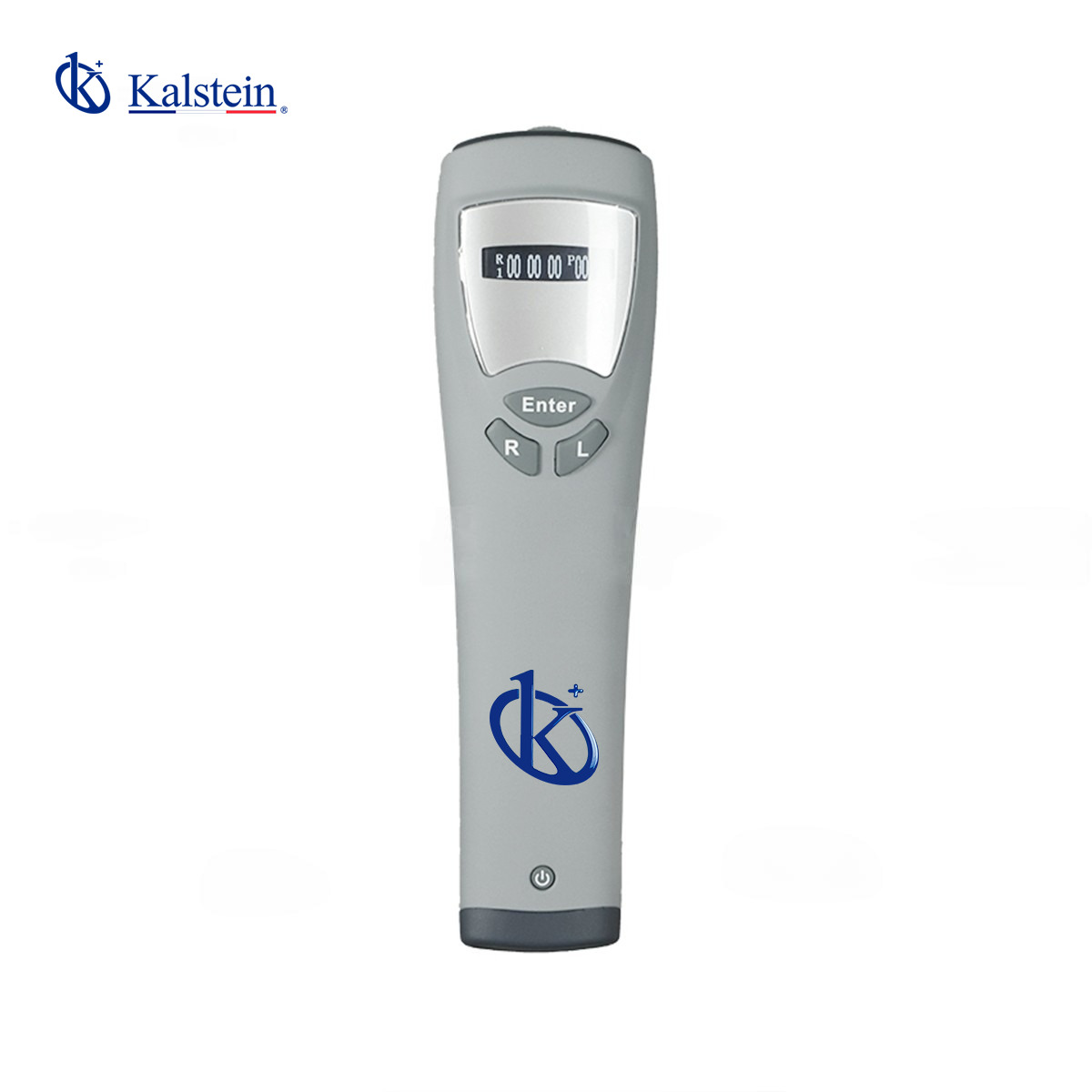The veterinary rebound tonometer is an indispensable tool in modern veterinary practice. As someone who has had the opportunity to use this technology, I can attest that its accuracy and ease of use are unparalleled.
This device, specifically designed to measure intraocular pressure (IOP) in animals, uses a small probe that gently bounces off the surface of the eye, providing precise readings without the need for topical anesthesia. This not only improves the patient experience but also optimizes time and efficiency in the clinic.
If you’re seeking a blend of innovation and quality, you’ve come to the right place. At https://kalstein.de/category-product/veterinary-sector/veterinary-tonometer/ we offer you the luxury to explore our exclusive catalog of laboratory equipment. We manufacture each piece of equipment with a level of excellence. Our intuitive and agile online shopping channels are designed for your convenience, ensuring the friendliest prices. Don’t hesitate any longer, we bring science to life, it’s time to become part of our community. https://kalstein.de/
Features of the Veterinary Rebound Tonometer
Veterinary rebound tonometers stand out for their advanced technology and intuitive design. For example, the Reichert Tono-Vera Vet’s ActiView™ system guides the user to correctly align the device with the cornea, ensuring accurate results with every measurement.
The full-color screen and interactive prompts make the process quick and simple. Additionally, its ability to operate with either rechargeable or AA batteries offers flexibility and ensures the device is always ready for use.
Why is the Veterinary Rebound Tonometer Priced as it is?
The price of veterinary rebound tonometers, like the Reichert Tono-Vera Vet, may seem high, but it reflects their value in terms of precision, durability, and advanced technology. Features like Bluetooth connectivity, which facilitates data transfer, and ergonomic construction, allowing comfortable use for both left- and right-handed users, justify the cost.
Moreover, the lack of routine calibration reduces long-term maintenance costs, making this a solid investment for any veterinary clinic.
Comparing the Veterinary Rebound Tonometer with Similar Products
Comparing the Reichert Tono-Vera Vet with other models like the Icare TonoVet Plus, both devices offer accurate IOP measurements without anesthesia. However, the Tono-Vera Vet stands out with its ActiView™ system, which enhances alignment and measurement accuracy.
Furthermore, the Bluetooth connectivity option in the Tono-Vera Vet facilitates data management, a feature not always present in other models.
Pros and Cons of Veterinary Rebound Tonometers
|
Pros |
Cons |
|
High precision in measurements |
High initial cost |
|
Does not require topical anesthesia |
Need for initial training |
|
Easy and intuitive to use |
May require occasional maintenance |
|
Portable and ergonomic |
Sensitivity to extreme environmental conditions |
|
Bluetooth connectivity |
Rechargeable batteries need replacement |
|
Visual indicators for correct alignment |
Cost of replacement probes |
|
Reduces stress for the patient |
Dependence on technology for accuracy |
|
No routine calibration required |
Advantages of these Veterinary Rebound Tonometers
One of the greatest benefits of these devices is the reduction of stress for both animals and veterinarians. The ability to perform quick and accurate measurements without the need for anesthesia allows for a less invasive and more comfortable procedure.
Additionally, the advanced technology integrated into devices like the Tono-Vera Vet ensures that measurements are repeatable and reliable, a critical aspect in the diagnosis and management of ocular diseases.
Other Benefits of these Veterinary Rebound Tonometers
The ergonomic design and ease of use make these tonometers accessible to all clinic staff. The option to use rechargeable batteries also contributes to environmental sustainability by reducing the waste of disposable batteries.
Moreover, the availability of accessories like Ocu-Dot probes facilitates maintenance and ensures continuity of service.
User Opinions on Veterinary Rebound Tonometers
User reviews of veterinary rebound tonometers are generally positive. Veterinarians worldwide highlight the accuracy and reliability of these devices.
Many comment on the ease of use and the reduction in procedure time, allowing more patients to be seen in less time. Most agree that despite the initial cost, the investment pays off quickly due to the device’s efficiency and precision.
Frequently Asked Questions
Do veterinary rebound tonometers need calibration?
No, most veterinary rebound tonometers, like the Tono-Vera Vet, do not require routine calibration, simplifying their maintenance and daily use.
Is anesthesia necessary for the measurements?
No, these devices are designed to measure intraocular pressure without the need for topical anesthesia, reducing stress and risk for the animals.
How is measurement accuracy ensured?
Advanced technology such as the ActiView™ system in the Tono-Vera Vet guides the user to correctly align the device, ensuring precise and repeatable measurements.
What maintenance do these devices require?
Maintenance is minimal. Mainly, probe replacement and battery charging are required. No routine calibration is needed.
How are measurement data transferred?
In models like the Tono-Vera Vet, Bluetooth connectivity allows for easy and quick data transfer, facilitating medical record management.
What does the veterinary rebound tonometer package include?
The package typically includes the main device, a charging base, replacement probes, a carrying case, and user manuals, among other accessories.
Conclusions on these Veterinary Rebound Tonometers
In conclusion, veterinary rebound tonometers are essential tools for any clinic aiming to provide high-quality ocular care to animal patients. The combination of advanced technology, ease of use, and precision makes these devices a valuable investment.
Despite the initial cost, the benefits far outweigh the disadvantages, ensuring more efficient and accurate care. Personally, after using these devices, I can affirm that they are an invaluable addition to any veterinary practice.

